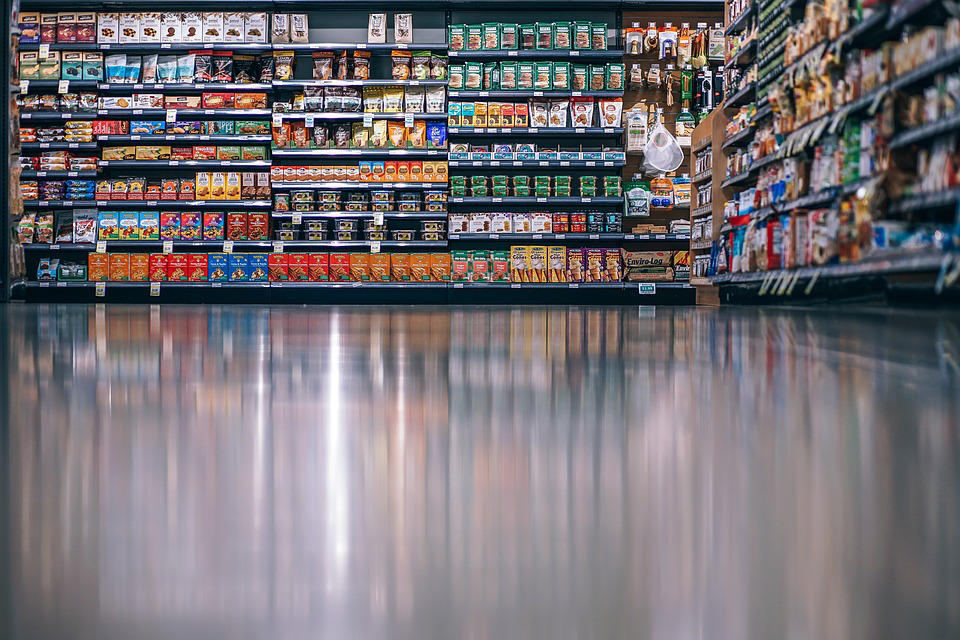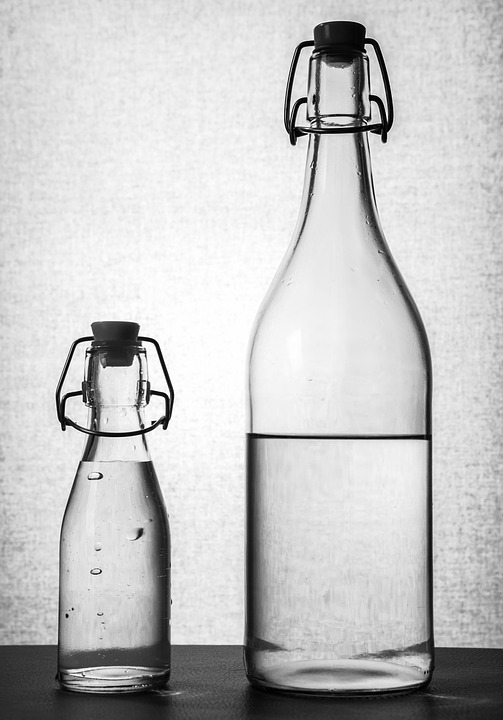The Best Packaging Material For Preserved Foods

We live in times where the simplest choices have been reduced to binaries: cash or credit, petrol or diesel, take-out or dine-in—and the most debated—plastic or glass.
Much like all the choices we make every day, the decision between plastic and glass is inarguably one of the tougher ones. Since these materials are such an integral part of our lives, it’s hard to choose one and leave out the other.
But when it comes to product packaging for food items, the choice is clear. You should only choose the material that best preserves the quality of the food. And both, glass and plastic, have performed equally well in their own domains. It’s all about picking the right material for each packaging need.
For the Environment: Glass
If you’re an environmentally conscious consumer, you would want to take an active part in preserving the planet. When it comes to being eco-friendly, glass is the obvious choice.
Recycling glass is a much safer option than using a non-biodegradable material that will be a danger to the sustainability of the environment. Being 100% recyclable, glass is a reliable choice of packaging because it’ll last indefinitely.
 Plastic, on the other hand, can’t be safely disposed of or recycled in municipal recycling programs. Studies have revealed that 6300 metric tons of plastic had accumulated in waste by 2015. Out of this, only 9% was recycled successfully. This leaves behind a mass of waste to be dealt with.
Plastic, on the other hand, can’t be safely disposed of or recycled in municipal recycling programs. Studies have revealed that 6300 metric tons of plastic had accumulated in waste by 2015. Out of this, only 9% was recycled successfully. This leaves behind a mass of waste to be dealt with.

For Health Gains: Glass
Even using BPA-free plastic is not nearly as safe as using glass. There’s always a risk of toxins and chemicals contaminating your food that can disrupt levels of endocrine in your system.
Unlike plastic, glass is impermeable to such contaminants. It’s made of a non-porous surface that doesn’t absorb such chemicals even at high temperatures. They can be easily washed, and used in microwaves or ovens without the risk of dissolving into the food contents.
For Carrying Lunch to Work/School: Plastic
However, despite all the benefits of glass listed above, it still doesn’t beat plastic in its portability and sturdiness. Plastic can withstand impact without breaking and can be carried around easily because of its lightweight nature.
Plastic containers are also usually designed with air-tight lids so as to prevent leakage and preserve freshness. They’re also much more economical than glass containers, so you can easily stock up on them in bulk, unlike glass containers.
For Saving Space: Plastic
Don’t forget that plastic is much more malleable and soft than glass. Plastic is a winner when you’re storing food boxes in your refrigerator or packing food for a long trip. Because of its firmness, glass boxes can’t be stacked together as easily as plastic ones. Collapsible plastic containers are even more convenient.
Think of the times when you had to squeeze in one more plastic box in the fridge and there wasn’t enough space for a glass box. It’s times like these when you realize how convenient plastic is.
If you’re targeting food businesses that need containers, make them an offer they can’t deny. Present to them the best of both categories and highlight their respective advantages.
We offer wholesale plastic containers and dropper bottles along with glass syrup bottles. Order right away!
Recent Posts
-
Why Should You Choose Amber Glass When Packaging Beauty Products?
Designing a line of beauty products is no simple task. So many details go into planning and crafting …7th Jul 2022 -
Candle Supplies - The Benefits of Using Tins for Your Candle Business
Candle business is a fantastic way to turn a hobby into an extra income stream. For those willing an …7th Jul 2022 -
Customize your packaging and protect your products during shipping
Customize your packaging and protect your products during shipping. Our custom partitions are made i …5th Jul 2022



